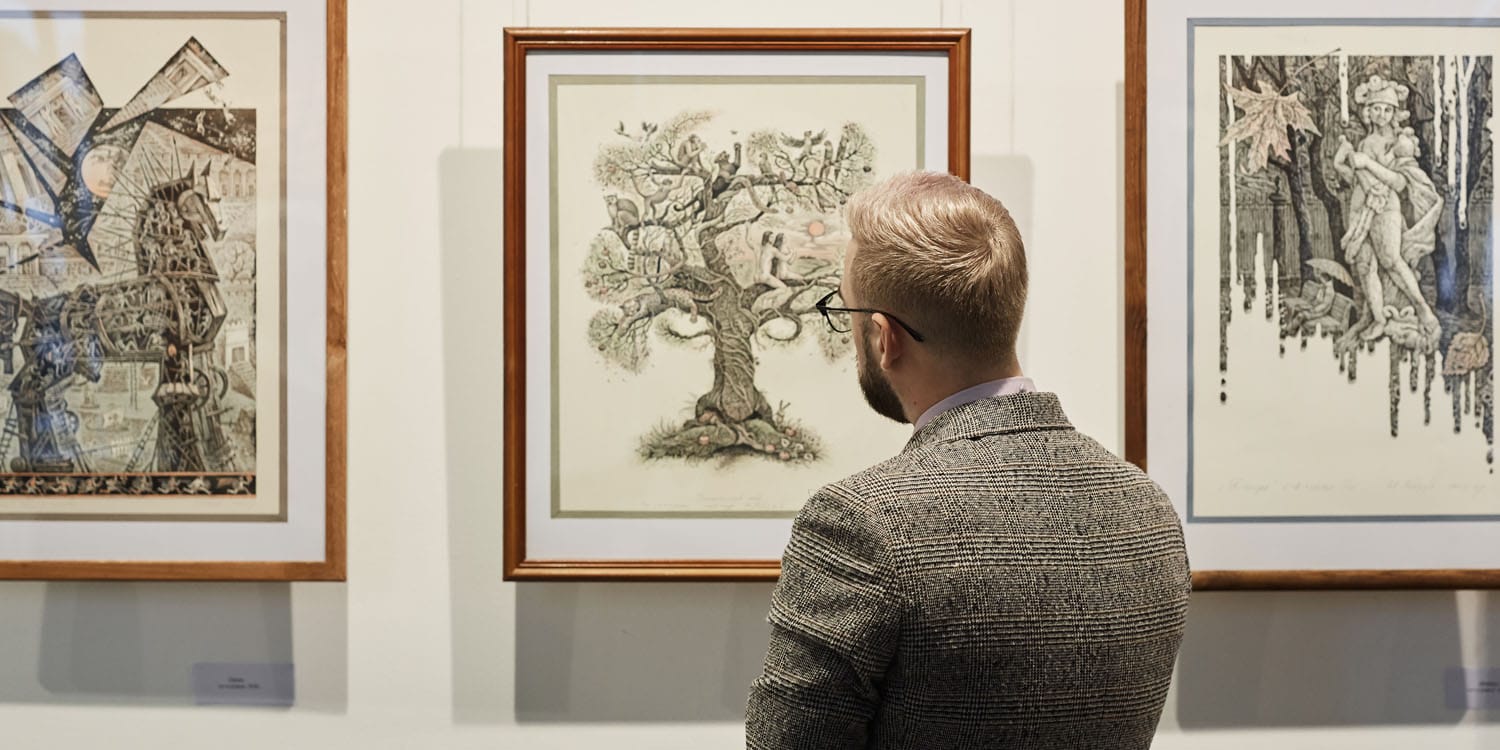Art can stir emotions, inspire awe, and sometimes even feel otherworldly. A recent study published in The Journal of Positive Psychology reveals that the way people engage with art is associated with their sense of meaning in life. Specifically, experiencing high levels of awe or interest in art, or attributing supernatural qualities to art, correlates with higher levels of life meaning. This suggests that fostering these types of artistic experiences might be related to enhanced feelings of purpose, coherence, and significance in life.
Artists channel their deepest emotions and ideas through their work, while audiences engage with these creations, often experiencing profound connections and insights. Given this deep-rooted relationship between art and human experience, the researchers sought to understand how different psychological experiences with art—such as interest, awe, and supernatural attributions—might influence an individual’s sense of meaning in life.
Another key motivation for the study was the concept of Aesthetic Cognitivism, which posits that art is valuable not only for its aesthetic pleasure but also for its cognitive contributions. This philosophical stance suggests that art can provide new knowledge and insights, helping people understand themselves, others, and the world around them.
Previous research has indicated that engaging with art can lead to meaningful experiences, yet there has been limited empirical evidence to support the theoretical claims of Aesthetic Cognitivism. The researchers aimed to fill this gap by empirically testing whether specific experiences with art are associated with higher levels of meaning in life.
“I am broadly interested in studying meaning in life, including the factors that contribute to people’s perceptions of living lives imbued with purpose and meaning,” said study author Joshua A. Wilt, a senior research associate at Case Western Reserve University and principal investigator of the Art Experiences Project.
“I’m also interested in how involvement with art may result in deeper existential and spiritual understandings. It seemed that the logic underlying the overarching hypothesis of this project was a merging of those interests: If art can lead to increased understandings, perhaps specific experiences with art would relate to higher levels of meaning in life.”
To explore how various psychological experiences with art relate to a sense of meaning in life, the researchers conducted two studies.
Study 1 consisted of three distinct samples, each with 100 participants: undergraduates with some art experience, adults interested in art, and individuals affiliated with art schools, university arts departments, or community arts organizations. Each participant completed an online survey designed to measure their levels of interest in art, experiences of awe related to art, and supernatural attributions about art experiences.
Additionally, the survey assessed aesthetic fluency (knowledge about art) and religious belief salience (the importance of religious beliefs in a person’s daily life), which could influence the primary relationships being studied. The survey also included the Multidimensional Existential Meaning Scale to measure participants’ overall sense of meaning in life, including subscales for comprehension, purpose, and existential mattering.
Study 2 expanded on the first study by recruiting a larger and more diverse online sample of 1,862 participants. This sample included individuals with varying levels of art experience, from those with professional training to those with little to no formal art background. The recruitment aimed to ensure a wide variation in art training and experiences. Like Study 1, participants completed an online survey measuring the same variables.
Study 1 findings indicated that experiencing awe in response to art consistently showed a positive relationship with higher levels of life meaning. This was especially true in groups with extensive art backgrounds, such as those affiliated with art schools or university arts departments.
“I was surprised that awe emerged as a much stronger predictor of meaning in the sample of artists with high levels of formal training as compared to the other samples in Study 1,” Wilt told PsyPost.
Interest in art and supernatural attributions also correlated with higher levels of life meaning, but these relationships were less consistent when controlling for other factors like aesthetic fluency and religious belief salience.
In the undergraduate sample, which had lower overall art training, the associations were weaker. In contrast, the adults interested in art and the sample from art institutions showed stronger correlations, suggesting that the variation in art expertise within these groups made the psychological experiences with art more significant for their sense of meaning in life.
Study 2 replicated and extended these findings with a much larger and more diverse sample. The broader variation in art experience in this sample allowed for a more detailed analysis. The results confirmed that awe around art was a robust predictor of life meaning. This relationship held true even when accounting for other variables. Interest in art and supernatural attributions also showed positive associations with life meaning, supporting the findings from Study 1.
The consistent pattern across both studies suggests that art experiences associated with awe, interest, and supernatural attributions are important factors in how people derive meaning in life. These associations were particularly strong in samples with art training, indicating that the significance of these experiences might be influenced by an individual’s engagement and expertise in art.
“The way in which a person engages with art could potentially have benefits for meaning in life,” Wilt said. “Specifically, feeling high levels of awe or interest in art, or perceiving that something supernatural is at play when interacting with art, could be associated with higher levels of meaning in life. Perhaps cultivating those types of experiences could lead to the sense that one’s life has more purpose, makes more sense, or matters more.”
The study’s correlational design means that we cannot infer causality from the associations observed between art engagement and life meaning. Future research could employ longitudinal or experimental designs to better establish causality and directionality of these relationships. “We don’t know if experiences with art cause higher levels of meaning in life, though there are strong associations between these variables,” Wilt noted.
“I’d like to continue expanding the model to include other variables relevant to experiences with art, and I’d like to test causal and temporal associations through experimental and longitudinal studies, respectively,” he added. “Ultimately, I think that this is a starting point for understanding how involvement with art may contribute to more meaningful lives, which could be practically significant, and maybe particularly so in clinical/counseling contexts.”
The study, “Engagement with art and meaning in life: the predictive roles of awe, interest, supernatural attributions,” was authored by Joshua A. Wilt, Julie J. Exline, Aleksandra Sherman, and Rebecca J. Schlegel.




